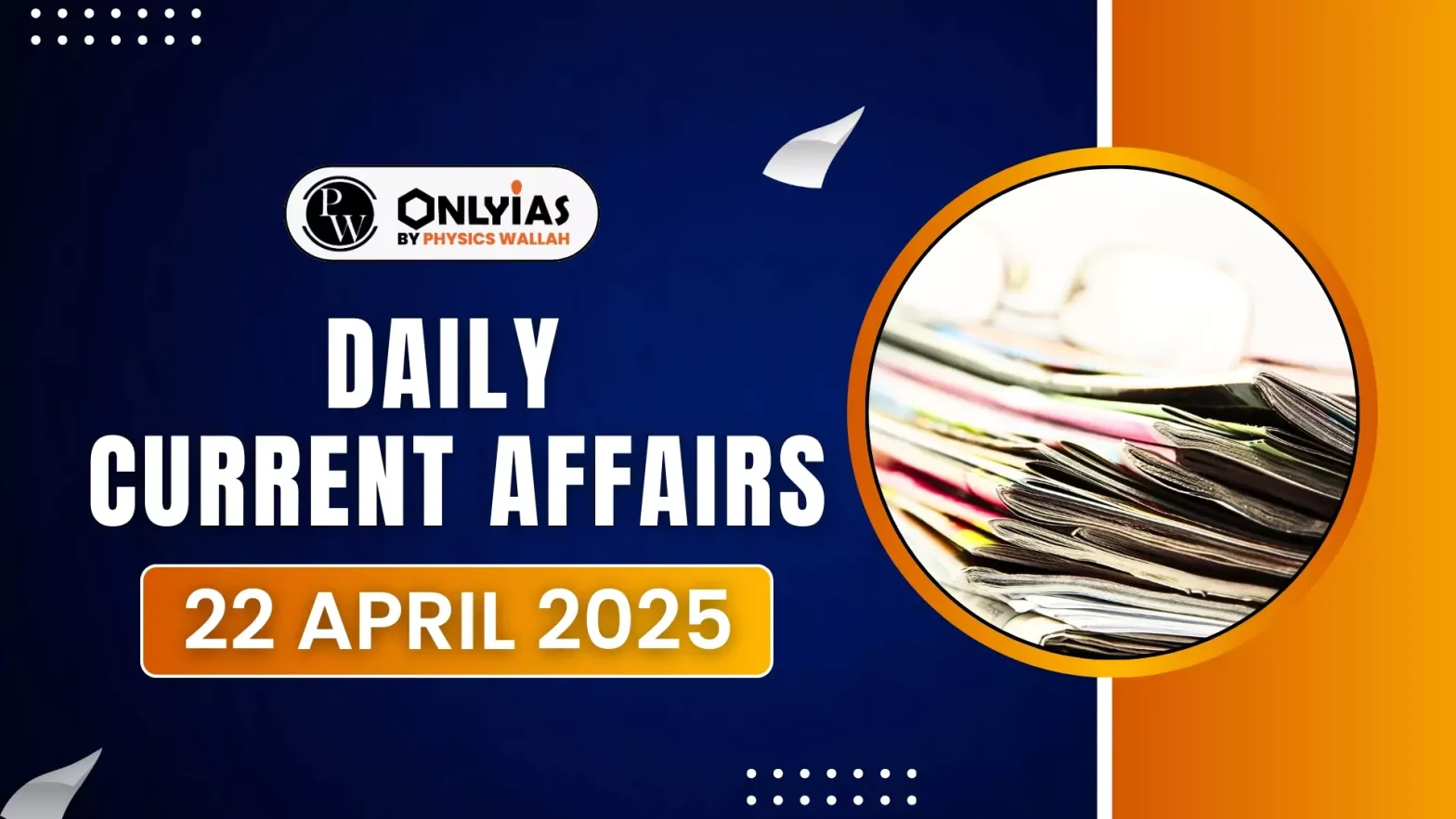Recently, Indian Space Research Organisation (ISRO) has successfully executed the second docking of the two satellites, which are part of the Space Docking Experiment (SpaDeX) mission.
- Earlier this year, India became the fourth country after the U.S., Russia and China to conduct the docking experiment.
Satellite Docking
- It is the process of physically connecting two spacecraft in orbit. It involves bringing them into the same orbit, aligning them precisely, and then attaching them using a docking mechanism.
- It can be Manual (controlled by astronauts) or Autonomous (using onboard sensors and processors).
- Satellite undocking is the controlled separation of two spacecraft that were previously docked.
- It involves unlocking docking mechanisms and using thrusters to move the spacecraft apart to a safe distance.
|
About Space Docking Experiment (SpaDeX) mission
- It is a mission by ISRO to develop autonomous docking technology.
- SPADEX is key to India’s long-term space exploration goals, including manned spaceflight and satellite maintenance.
- History of Docking
- The Soviet Union achieved the first successful docking in space in 1967.
- The United States followed with the Apollo-Soyuz Test Project in 1975.
- Docking technology has evolved significantly since then, becoming more automated and reliable.
- SPADEX Mission Details
- ISRO developed and deployed two small satellites for the SpaDeX mission:
- SDX01 (Chaser): This satellite is designed to actively maneuver and dock with its counterpart.
- SDX02 (Target): This satellite remains relatively stable and is equipped with the docking port.
- Each satellite weighs approximately 400 kg and was launched into slightly different orbits to allow for autonomous rendezvous operations.
- The satellites will carefully align with each other to perform a ‘space handshake’ and connect.
- Objective:
- To demonstrate autonomous rendezvous, docking, and undocking between two satellites in low Earth orbit using indigenous technology.
- To validate the transfer of electric power between docked spacecraft, which is essential for long-duration and cooperative space missions.
- To test the stability and composite control of the joined spacecraft system after docking, simulating conditions for modular space structures.
- To support the development of future technologies such as in-space robotics, satellite servicing, payload sharing, and manned mission logistics.
How Does SpaDeX Work?
- Launch & Deployment: Both satellites launched by one rocket and placed in nearby orbits.
- Rendezvous Maneuvers: Chaser satellite (SDX01) performs autonomous maneuvers to align with the Target (SDX02).
- Docking: Satellites approach and connect using docking mechanisms.
- Post-Docking Operations: Test for system integration, stability, power transfer, and payload operations.
- Undocking: Satellites undock to continue further experiments individually.
Importance of Docking Technology
- Docking technology is critical for the assembly and operation of space stations, manned missions, and deep-space exploration.
- It allows spacecraft to connect, enabling crew transfers, resupply missions, orbital repairs, and the construction of modular structures in space.
- It also plays a vital role in sample return missions, where payloads collected from celestial bodies need to be transferred between modules.
Implications for India’s Space Program
- It lays the technical foundation for Gaganyaan, India’s first human spaceflight mission.
- It is crucial for the future development and operation of an Indian Space Station.
- The mission strengthens India’s ability to conduct in-orbit servicing, which includes satellite refueling, repair, and life extension.
- SpaDeX aligns with India’s broader vision of self-reliance (Atmanirbhar Bharat) in advanced space technologies.
![]() 22 Apr 2025
22 Apr 2025

